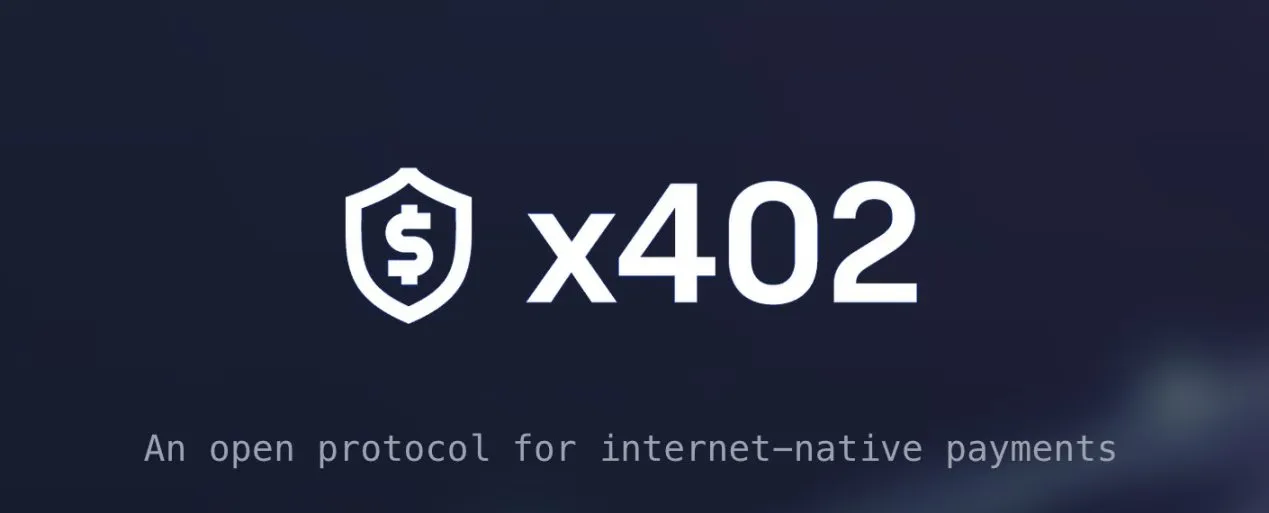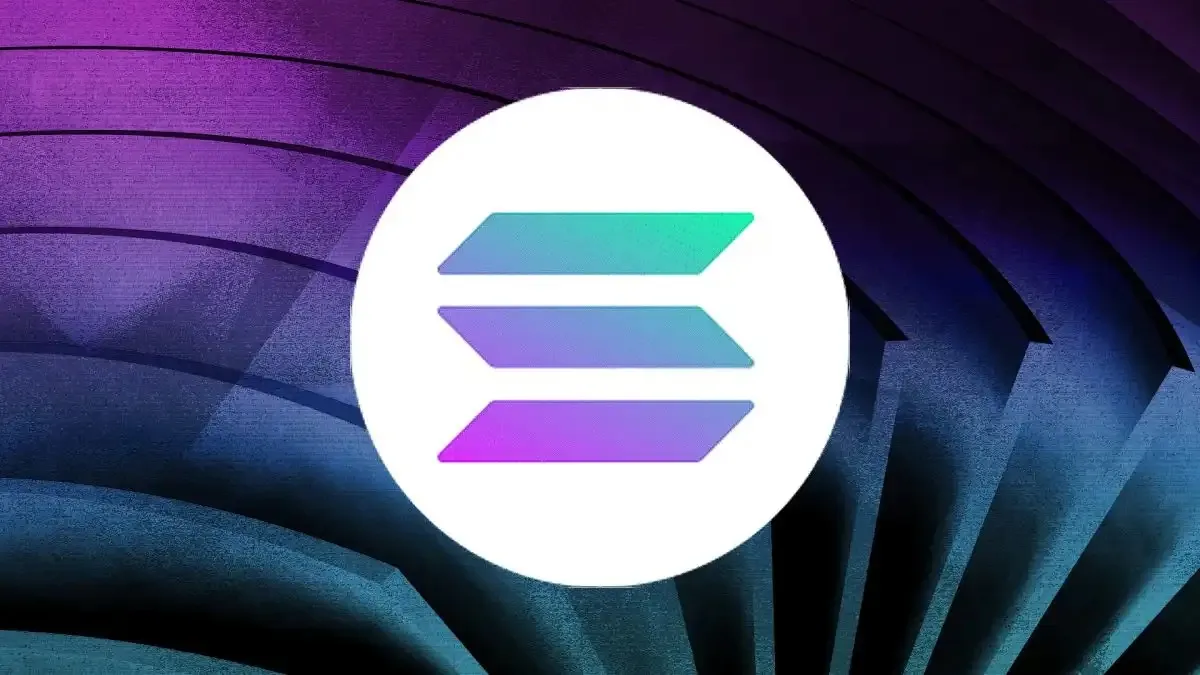From perpetual contract tokens to privacy tokens, now it's AI tokens.
Written by: Yash
Translated by: AididiaoJP, Foresight News
I once thought the crypto world was a complete system, but recently my perspective has shifted, and I began to see the crypto world as two main domains from a builder's perspective:
Narrative Crypto World
Practical Crypto World
I will explain how to accurately understand them and how to build projects and make money from them.
Practical Crypto World
They are often the "best businesses":
Wallets (@Phantom, @MetaMask)
Stablecoins (USDT, USDC)
Exchanges (@HyperliquidX, @Raydium, @JupiterExchange)
Launch platforms (@pumpdotfun)
Bots and trading terminals (@AxiomExchange)
Decentralized finance (@aave, @kamino, @LidoFinance)
These projects have real application scenarios and can generate huge profits.
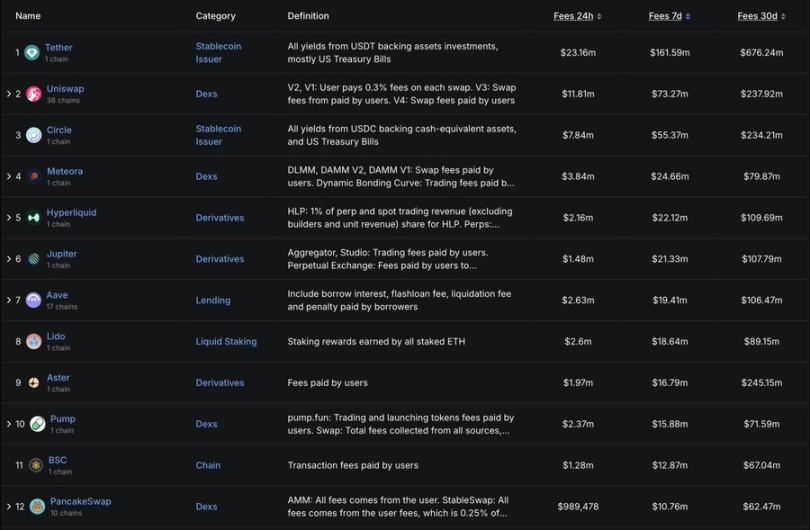
Projects generating the highest fees in the crypto world
Narrative Crypto World:
Typically has a good story and vision (valued at over $100 billion), strong enough to change the world:
Bitcoin (the story of digital gold)
AI x Crypto (most GPU infrastructure and agent frameworks)
Decentralized science or intellectual property related (Story Protocol)
Newer L1/L2 (e.g., stablecoin L1 or perpetual contract L2)
Privacy (@Zcash)
Re-staking and any infrastructure
x402
It generates almost no revenue, but because the story attracts institutions and retail investors, it drives up the token price.
Now, the narrative crypto world and practical crypto world are not mutually exclusive.
Think about this:
There are indeed people using Zcash (5-10 thousand transactions daily), but it currently has a very strong privacy narrative, which has garnered more attention. And it is likely that this attention will also drive its practicality.
Similarly, @CoinbaseDev's x402 has almost no usage, but it is a recent hot topic and will certainly drive more awareness and usage through speculation.
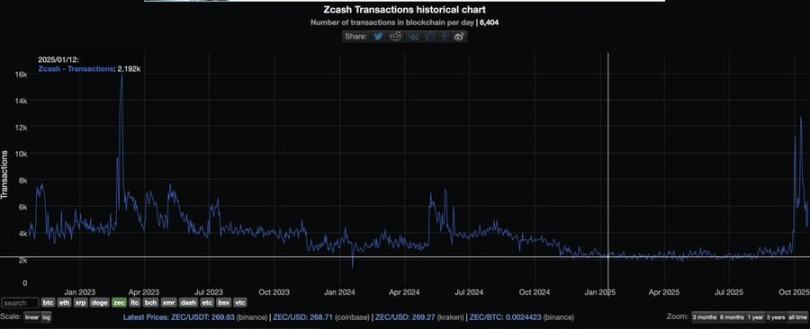
Daily transaction count of Zcash (Source: bitinfocharts.com)
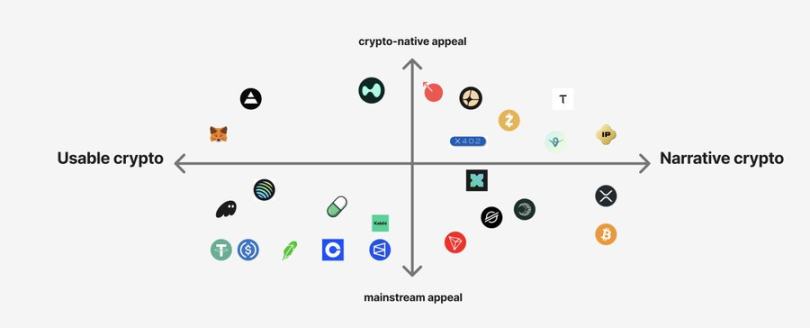
Both are equally important as they promote each other:
Narrative crypto world drives → speculation, speculation drives → adoption of practical crypto world
In the practical crypto world, your product (users) is king, while in the narrative crypto world, your community is king.
Builder's Dilemma
Every builder faces this dilemma: should they build for the narrative crypto world or the practical crypto world?
A rule of thumb is:
If you are good at attention-grabbing games and have enough influence to create a campaign, you should build for the narrative crypto world.
For example, if you excel at tokenomics games (and centralized exchange listings/small circles), you should focus on building a grand narrative and vision.
Of course, if there is enough momentum, it can also become useful. For instance, blockchains like Solana have indeed attracted talent through capital, making these chains useful.
If you want to have a narrative worth over a billion dollars, you must start from first principles and think about what unique things can be achieved using the crypto tech stack.
Is this vision compelling enough, and if successful, could it have a market cap of over $100 billion? Is it exciting enough to spark speculation among retail investors?
For example, Plasma has a trillion-dollar stablecoin market narrative, leading to a token generation event with a valuation of $14 billion, despite having no actual usage yet.
If you are good at building products, you should build for the practical crypto world, and you can try to solve a problem in a niche area (e.g., Axiom serving Memecoin traders, or a DeFi protocol).
The practical crypto world is about building; traders or crypto-native users will directly need what is required through terminals/exchanges.
It doesn't necessarily have to be just for fueling speculation; the same product can also have non-speculative use cases. For example, stablecoins used for payments.
Here, narrative is also important; for instance, for Polymarket, its narrative is the prediction market. Because narratives can indeed attract users, you can view narrative as marketing.
Of course, you can ultimately balance both, but it's best to focus on one at the start, and identifying your strengths can be quite difficult. You must find your strengths.
For Traders
You must always bet on the narrative.
You bet on what you think will be the most forward-looking narrative in the coming weeks, months, or years.
Every trader of tokens is playing the "attention arbitrage" game, which is buying things that are gaining attention and selling things that have already had their moment. For example, rotating from perpetual contract tokens to privacy tokens, and now to AI tokens.
For a specific narrative, you must bet on the teams you believe can gain attention and become alpha and beta targets. If they can do it, your bet will take off.
Summary:
The practical and narrative crypto worlds are both important aspects of the crypto space.
As a builder, always start by choosing one of the two, and be very strong in either narrative or practicality. Once one is well established, you can expand to the other, which is the ultimate goal.
免责声明:本文章仅代表作者个人观点,不代表本平台的立场和观点。本文章仅供信息分享,不构成对任何人的任何投资建议。用户与作者之间的任何争议,与本平台无关。如网页中刊载的文章或图片涉及侵权,请提供相关的权利证明和身份证明发送邮件到support@aicoin.com,本平台相关工作人员将会进行核查。
